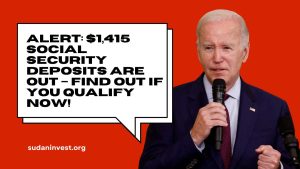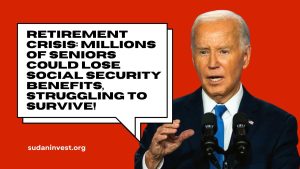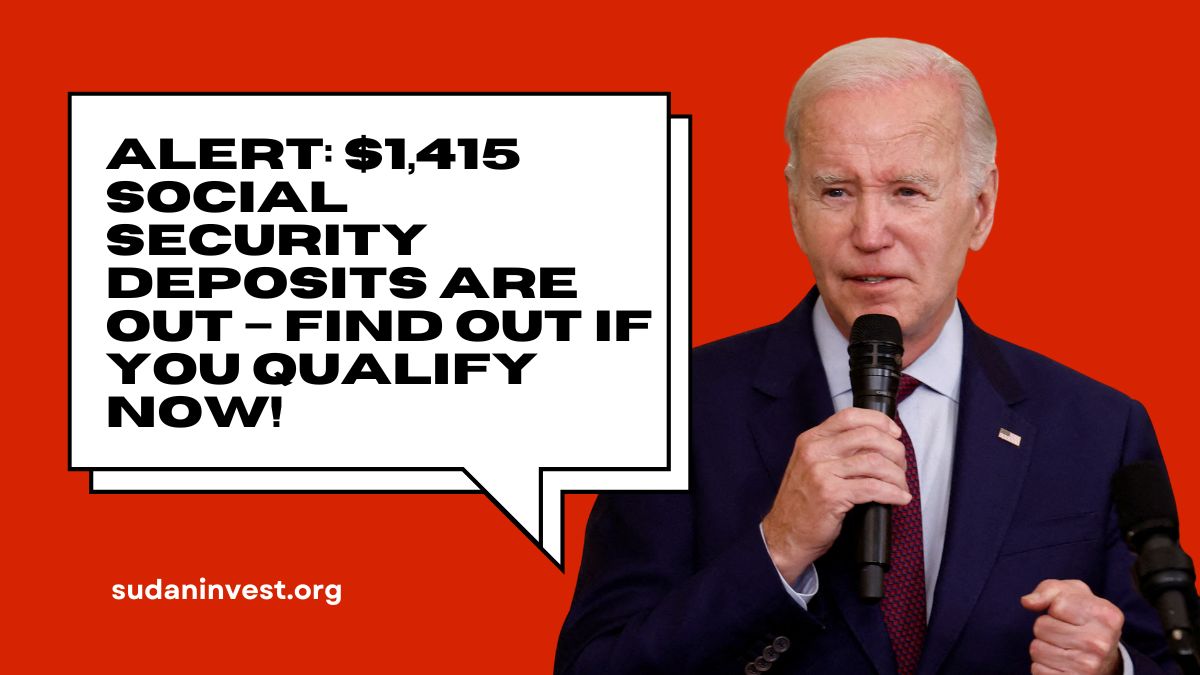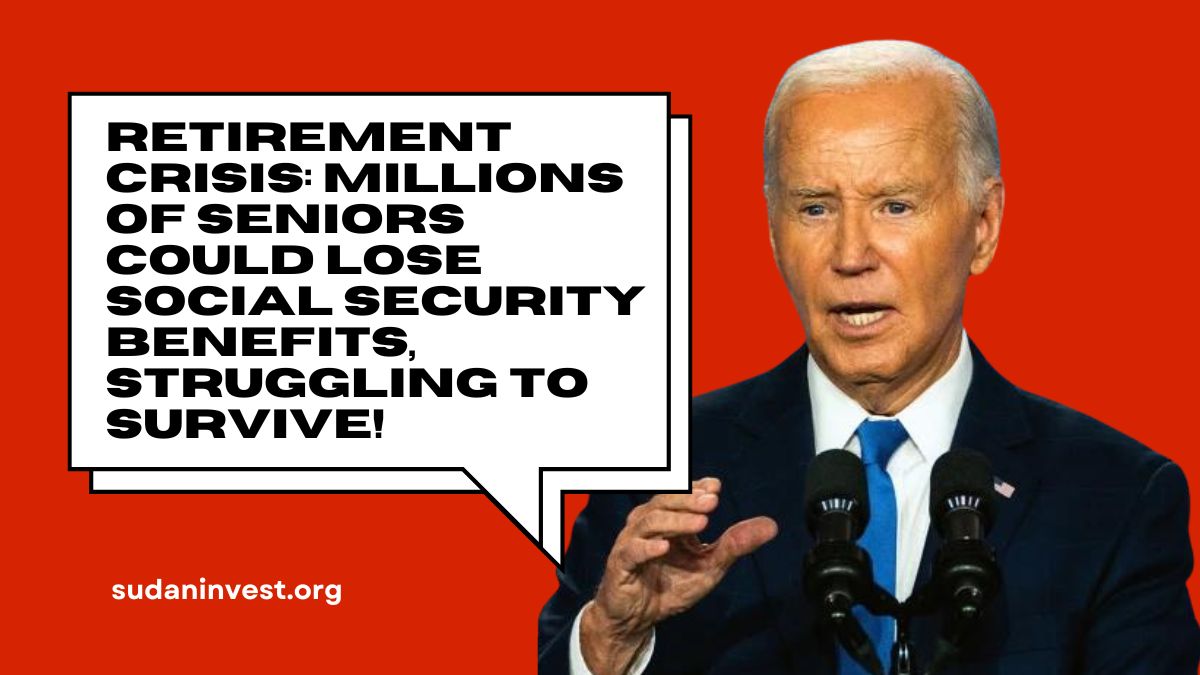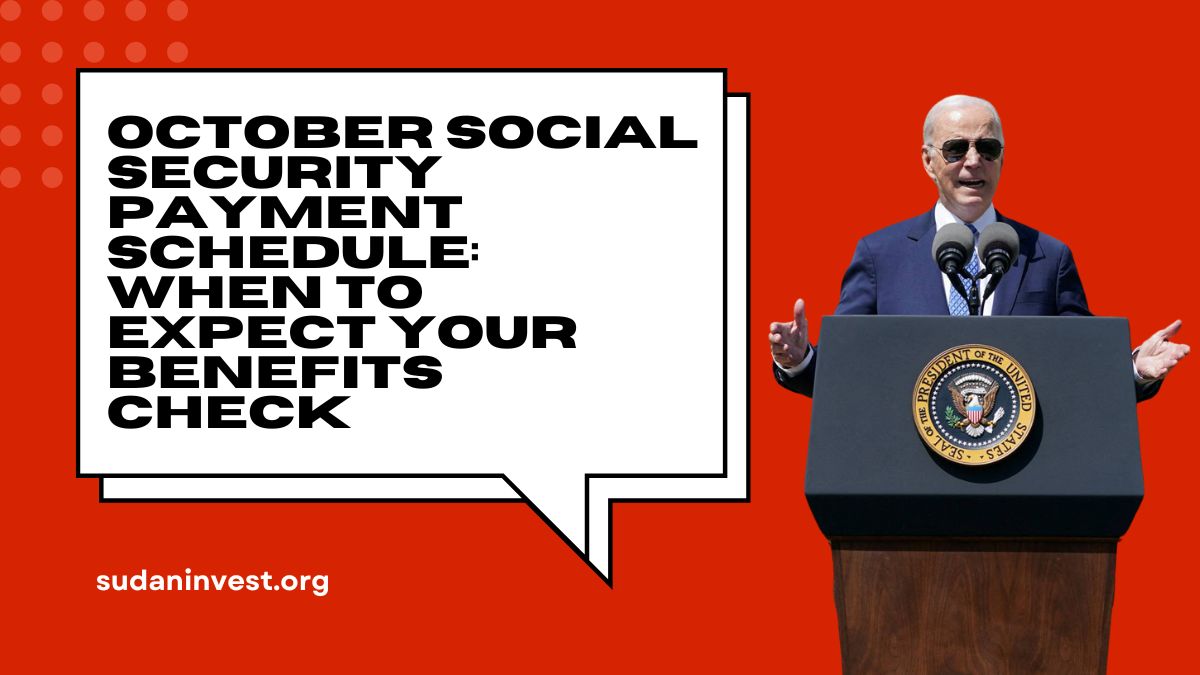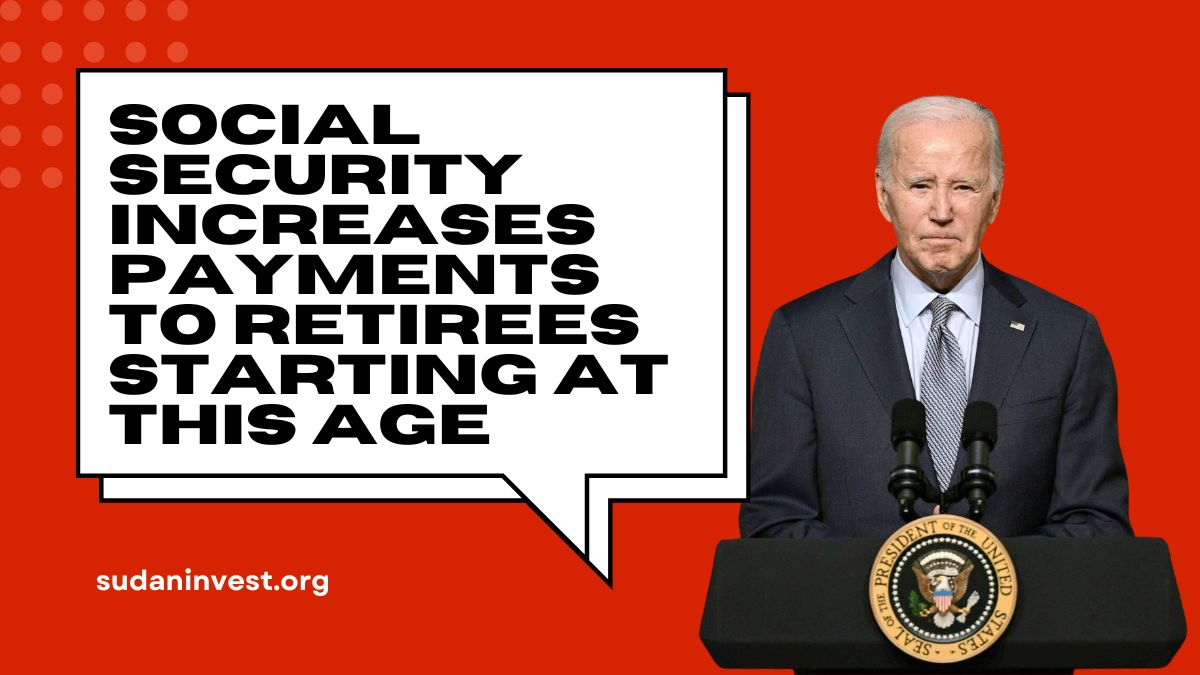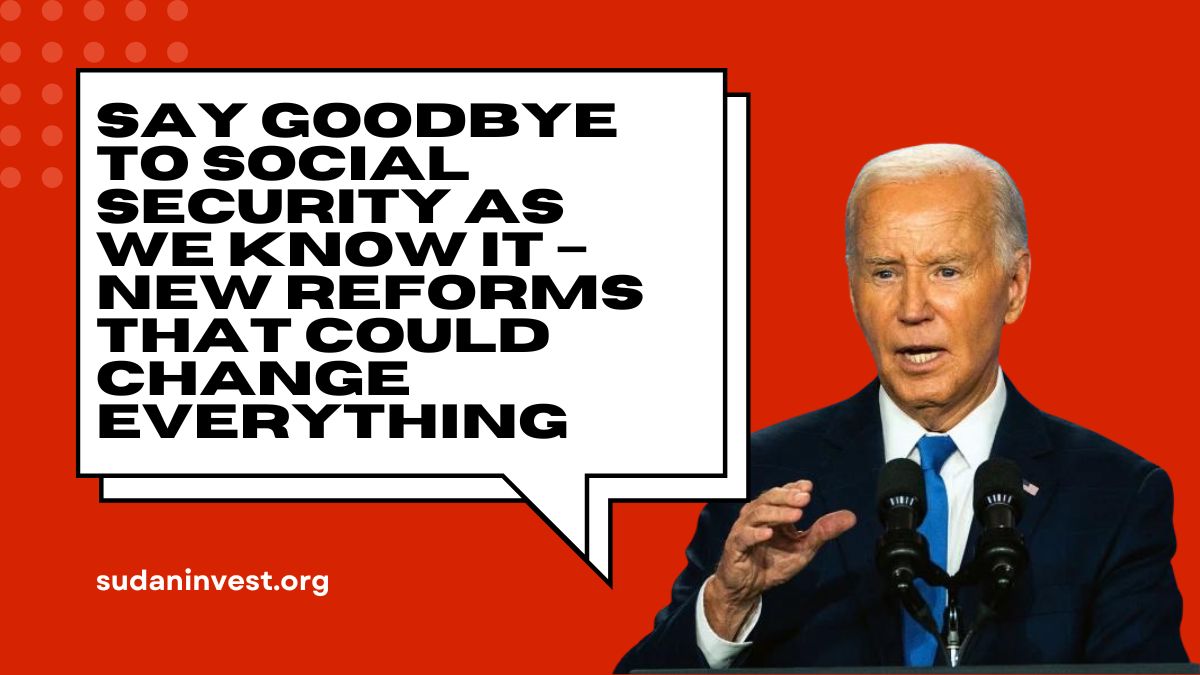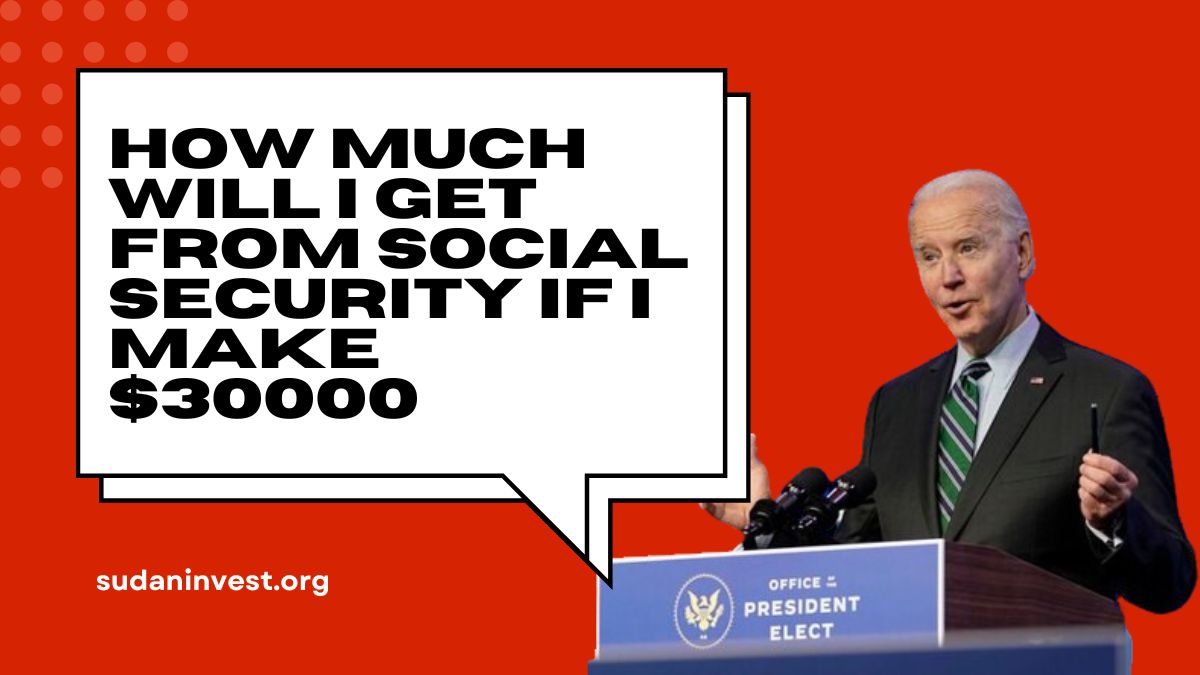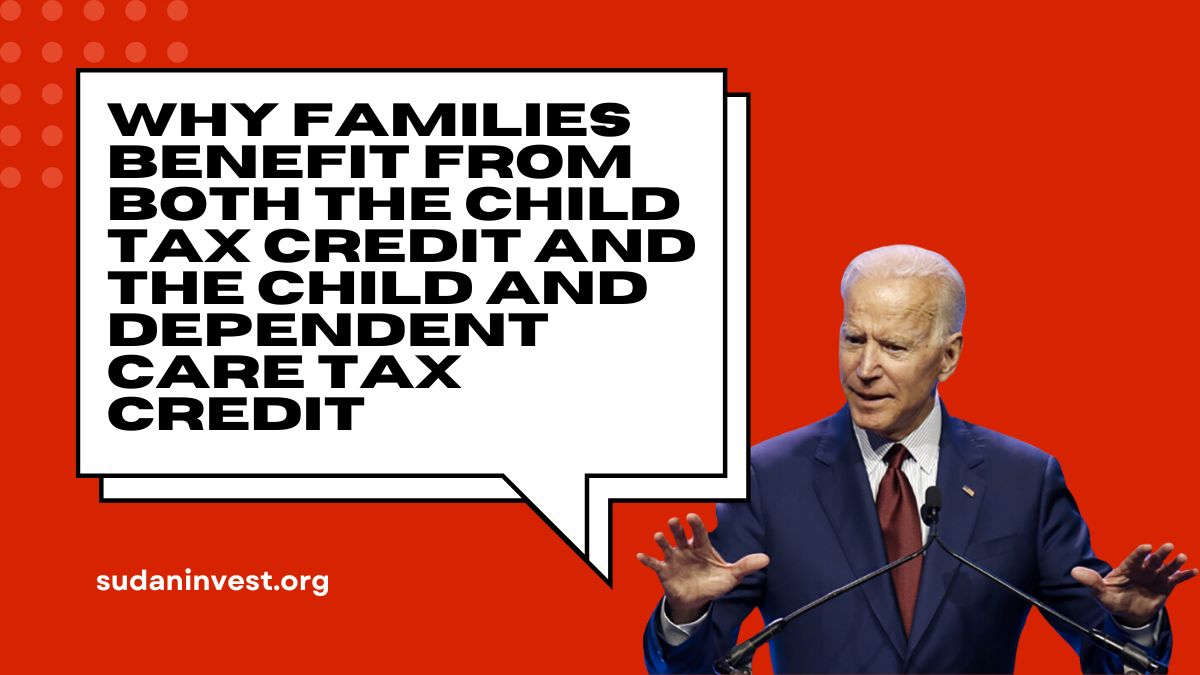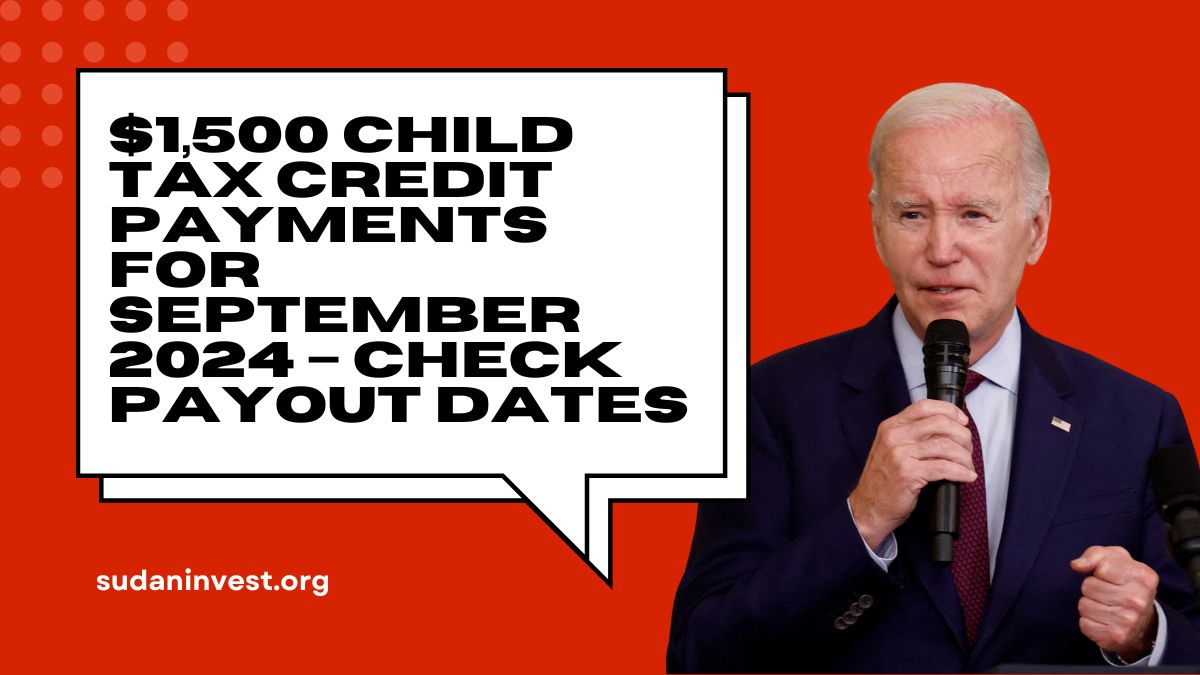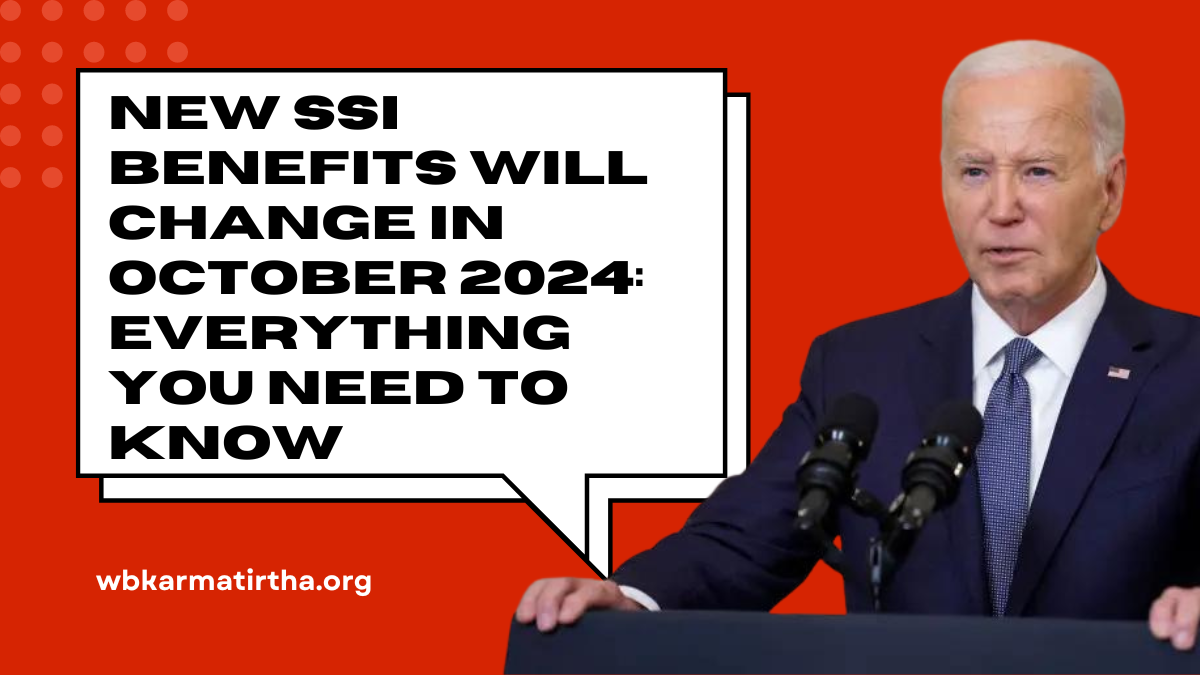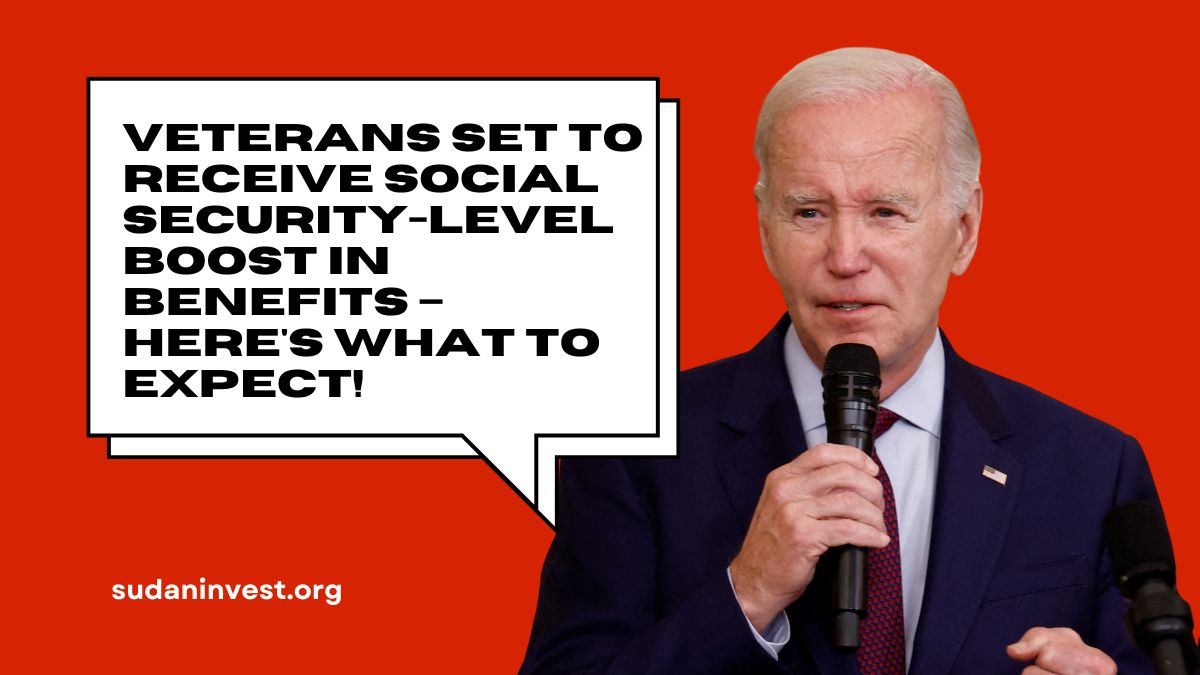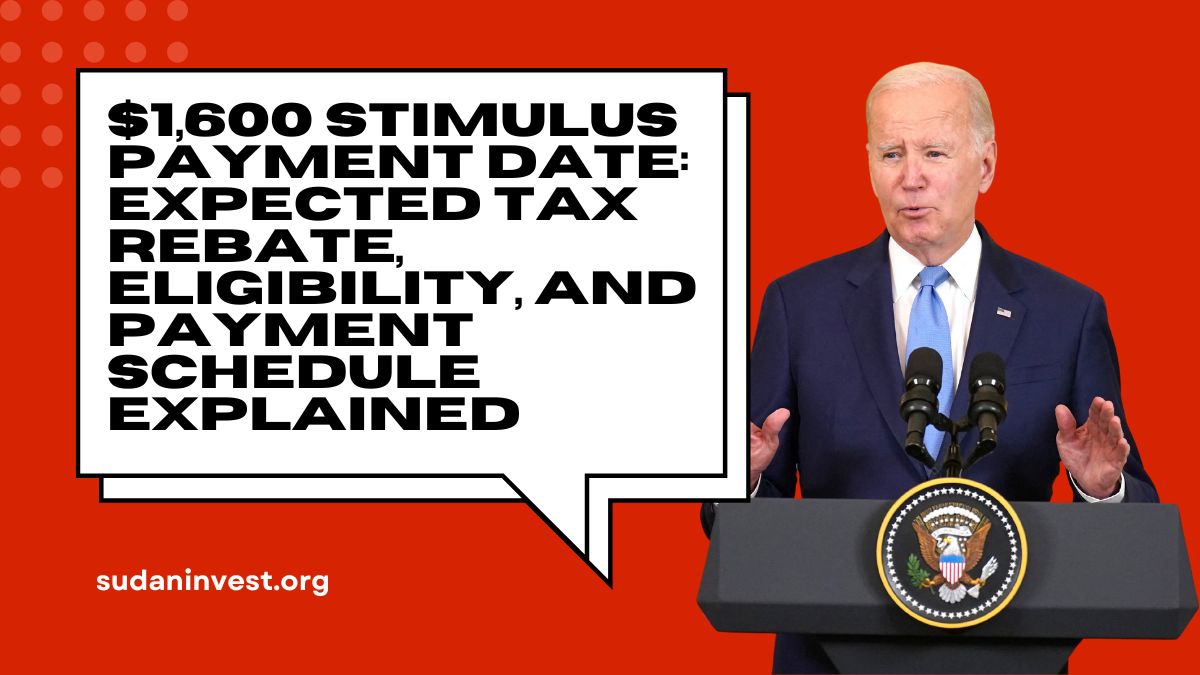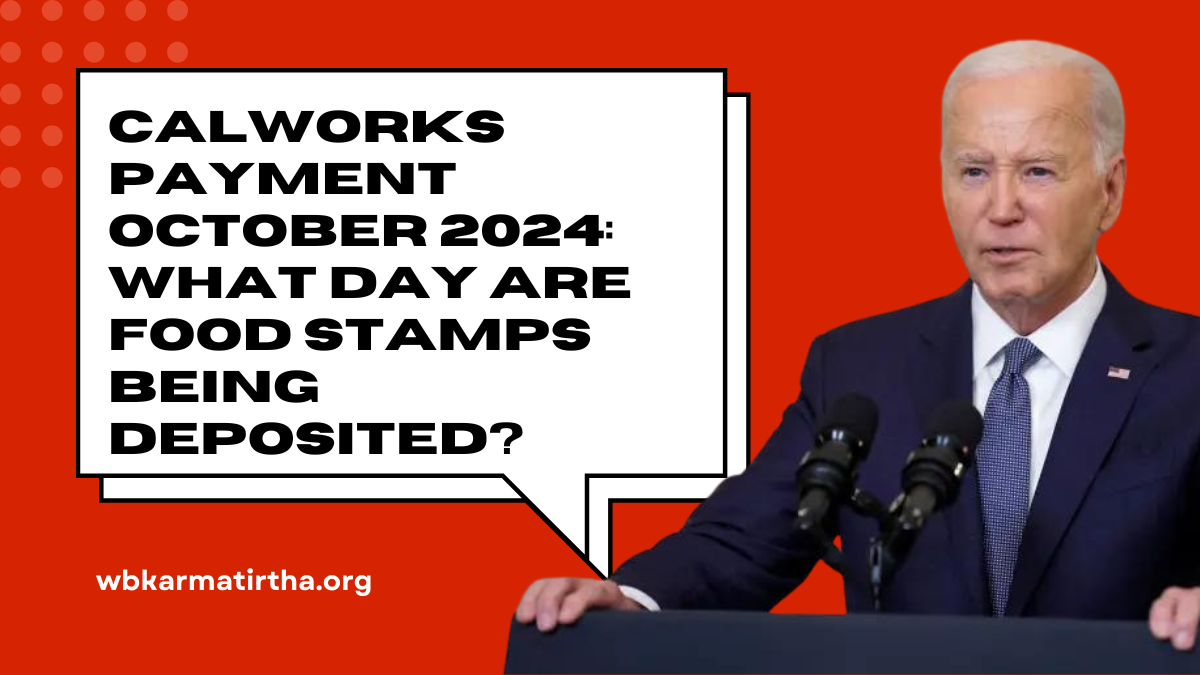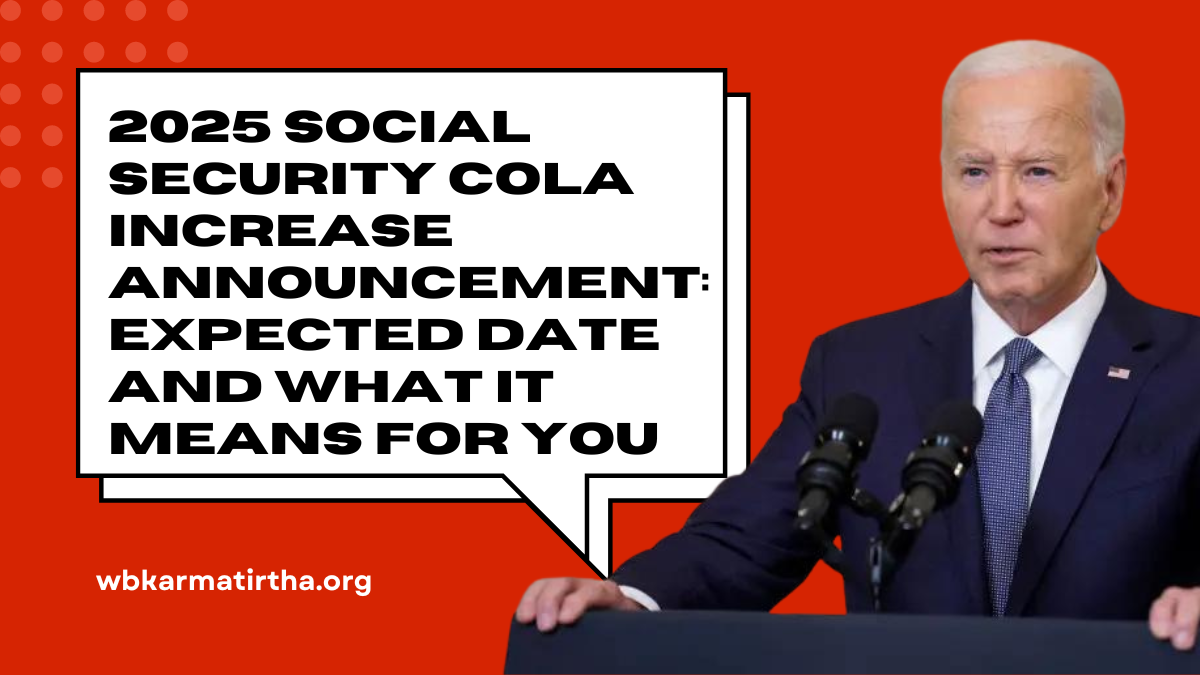There has been increasing speculation about a $2,000 Economic Relief Package rumored to be announced in October 2024. As of now, there is no official confirmation from the IRS or any federal agency regarding the package. However, the proposal is generating buzz due to ongoing economic challenges, including rising inflation and living costs. Many are hopeful for this potential stimulus payment, which could provide much-needed financial support to help Americans manage daily expenses like housing, groceries, and energy bills.
Why Another Stimulus Payment Might Happen
The U.S. government has a history of providing economic relief during tough times, such as the CARES Act in 2020 and the American Rescue Plan in 2021. These past efforts offered direct financial aid through stimulus payments, unemployment benefits, and child tax credits, helping millions of Americans navigate financial hardship. With rising inflation and increasing living expenses, many households are looking to the federal government for another round of relief.
How Would the $2,000 Stimulus Payment Be Distributed?
If approved, this $2,000 stimulus payment would likely be overseen by the IRS, similar to previous stimulus programs. Here’s how it could be distributed:
- Direct Deposit: As with previous relief packages, direct deposit would be the primary method of distributing payments. Funds would be sent directly to eligible recipients’ bank accounts.
- Payment Schedule: Payments would likely follow a predetermined schedule, possibly spread across several dates in October, to ensure efficient distribution.
- State Relief Programs: In addition to the federal stimulus, individual states might introduce their own supplementary relief programs, so it’s crucial to stay informed about local initiatives that could provide extra financial support.
Anticipated Eligibility for the 2024 $2,000 Stimulus Payment
While there is no official confirmation, it’s possible that eligibility criteria will be similar to past stimulus packages:
- U.S. Citizenship or Resident Status: Recipients will likely need to be U.S. citizens or legal residents.
- Valid Social Security Number: A valid Social Security Number (SSN) is usually required to receive federal stimulus payments.
- Tax Filing Requirement: Those who filed taxes for the 2023-2024 period may receive priority, as tax filings have been a key factor in previous relief distributions.
- Income Threshold: There may be an income cap, with individuals earning below a certain amount being eligible for the full payment. Higher-income earners may receive a reduced amount or may not qualify at all.
FAQs About the $2,000 Stimulus Payment
Is the $2,000 stimulus payment confirmed?
No, as of now, there has been no official confirmation from the IRS or federal government. The possibility of this Economic Relief Package is still speculative.
Who would be eligible for the $2,000 stimulus payment?
Eligibility would likely depend on several factors, including U.S. citizenship or resident status, a valid Social Security Number, and a 2023-2024 tax filing. An income threshold may also apply.
How will the $2,000 payment be distributed?
If approved, the stimulus payment will most likely be distributed through direct deposit, with funds sent directly to eligible recipients’ bank accounts. Payments may also follow a scheduled distribution plan over the month of October.
Could states offer their own stimulus payments?
Yes, individual states may implement supplementary relief programs, providing additional financial support to residents alongside the federal stimulus.
Will the $2,000 stimulus be taxable?
In previous relief efforts, stimulus payments were not considered taxable income, so it’s likely that this would also be the case for any future stimulus payments.
Stay Updated on the $2,000 Stimulus Payment
While there is no official word yet on the $2,000 Economic Relief Package, it’s important to stay informed as the situation develops. If approved, this stimulus payment could provide crucial financial relief for millions of Americans facing rising costs. Keep an eye on updates from the IRS and local government to ensure you don’t miss out on any potential benefits.


